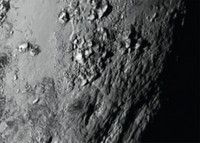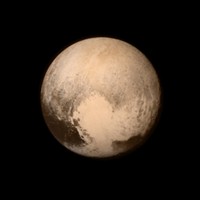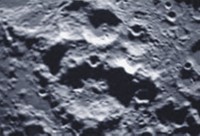Advertisement
Grab your lab coat. Let's get started
Welcome!
Welcome!
Create an account below to get 6 C&EN articles per month, receive newsletters and more - all free.
It seems this is your first time logging in online. Please enter the following information to continue.
As an ACS member you automatically get access to this site. All we need is few more details to create your reading experience.
Not you? Sign in with a different account.
Not you? Sign in with a different account.
ERROR 1
ERROR 1
ERROR 2
ERROR 2
ERROR 2
ERROR 2
ERROR 2
Password and Confirm password must match.
If you have an ACS member number, please enter it here so we can link this account to your membership. (optional)
ERROR 2
ACS values your privacy. By submitting your information, you are gaining access to C&EN and subscribing to our weekly newsletter. We use the information you provide to make your reading experience better, and we will never sell your data to third party members.
Physical Chemistry
A Perfect Landing
Phoenix spacecraft touches down on Mars's surface, prepares for chemistry experiments
by Elizabeth K. Wilson
May 28, 2008

After a "perfect" landing on flat terrain near Mars's north pole on May 25, the Phoenix spacecraft is gearing up to perform the first-ever wet chemistry experiments on another planet, according to mission scientists.
Soon, mission engineers plan to activate Phoenix' robotic arm to dig into the martian soil, which is believed to contain water ice just below the surface.
In specially designed beakers containing premeasured reagents, Phoenix will test soil samples for the presence of ions such as nitrate and chloride or metals such as lead and copper. Scientists hope the information will tell them about the history of water on Mars and whether life could have possibly existed there.
"It was an amazing and flawless landing," says Samuel P. Kounaves, chemistry professor at Tufts University and coinvestigator on the Phoenix mission. "If all goes according to plan, we should be doing the first wet chemical analyses in about 10 to 12 days."
Mere hours after the landing, the sleep-deprived but ecstatic Phoenix team members, who were gathered at mission control at the National Aeronautics & Space Administration's Jet Propulsion Laboratory in Pasadena, Calif., unveiled the first images taken by the craft.
"In my dreams, it couldn't have gone as perfectly as it went," said Barry Goldstein, Phoenix mission project manager at JPL.
And in another first, NASA's Mars Reconnaissance Orbiter, which has been circling the planet for the past two years, captured an image of Phoenix, parachute deployed, as it plunged toward the surface.
The northern surface of Mars, where the craft landed, resembles Arctic regions on Earth, marked by polygonal ground features about 15 feet across and littered with small pebbles. "I know it looks a little like a parking lot, but that's a safe place to land," says Peter H. Smith of the University of Arizona, who is the principal investigator for the $460 million Phoenix mission.
The Phoenix mission is the first in NASA's planned series of relatively low-cost exploratory Mars Scout missions as the agency makes plans for eventual human exploration of the planet.





Join the conversation
Contact the reporter
Submit a Letter to the Editor for publication
Engage with us on Twitter